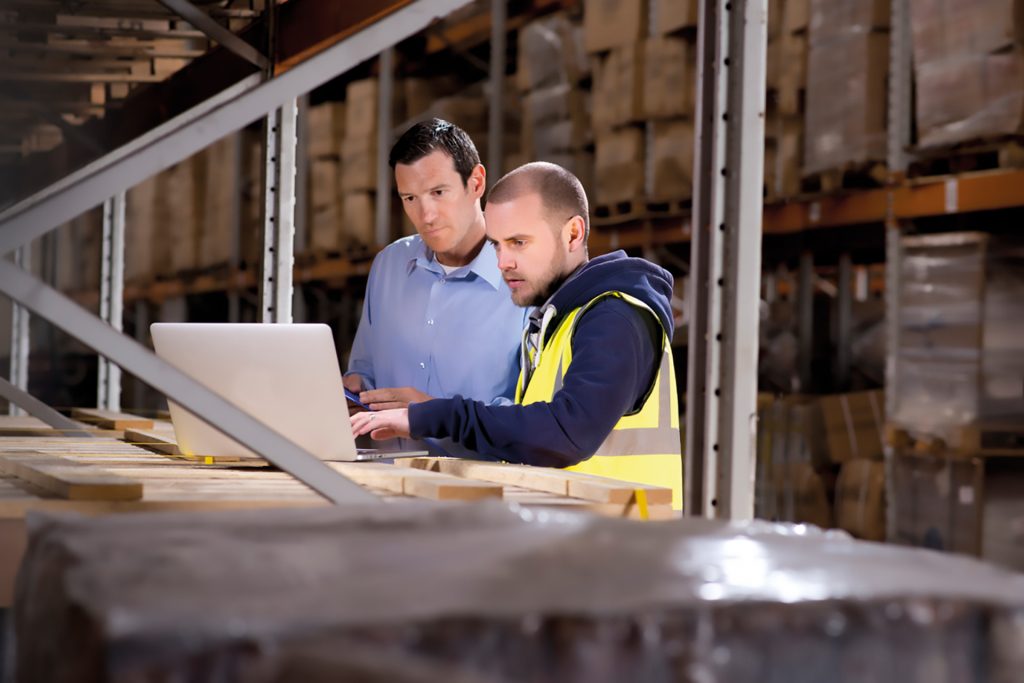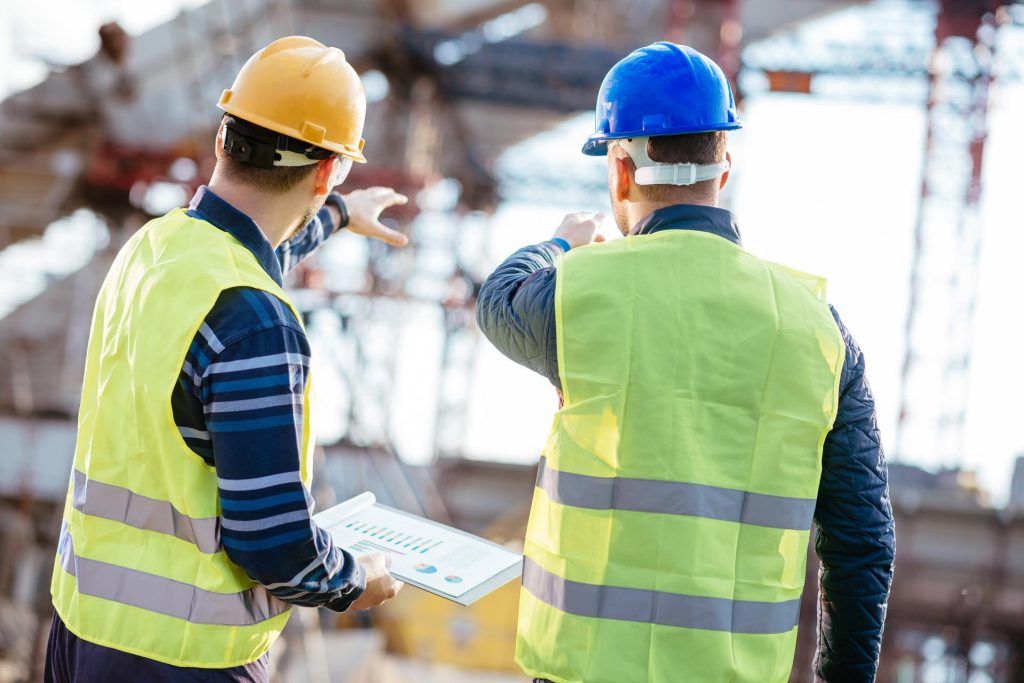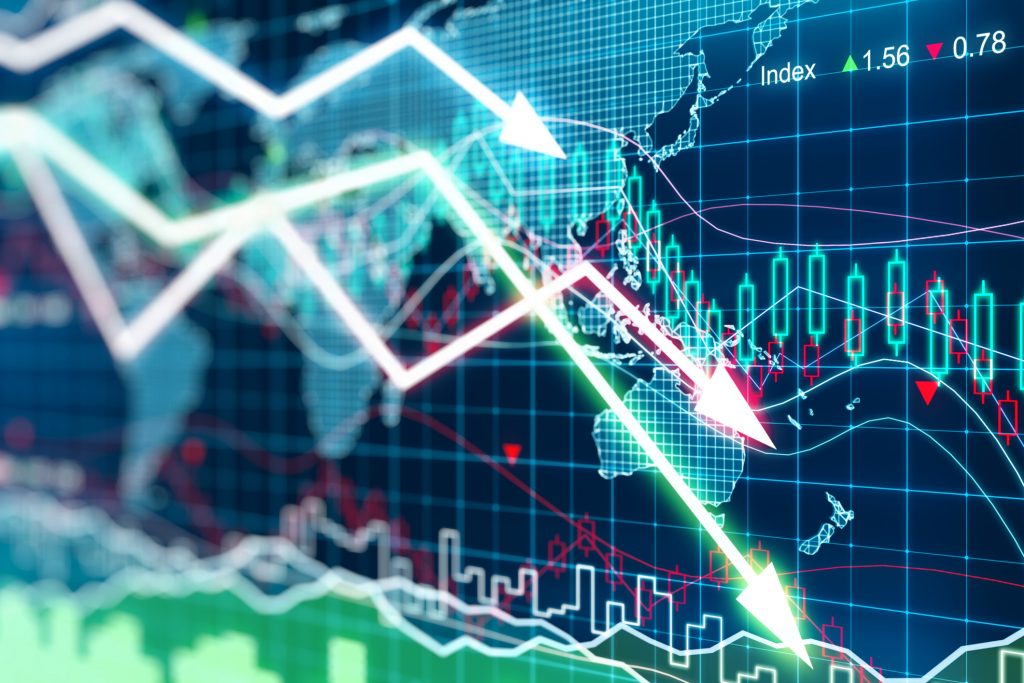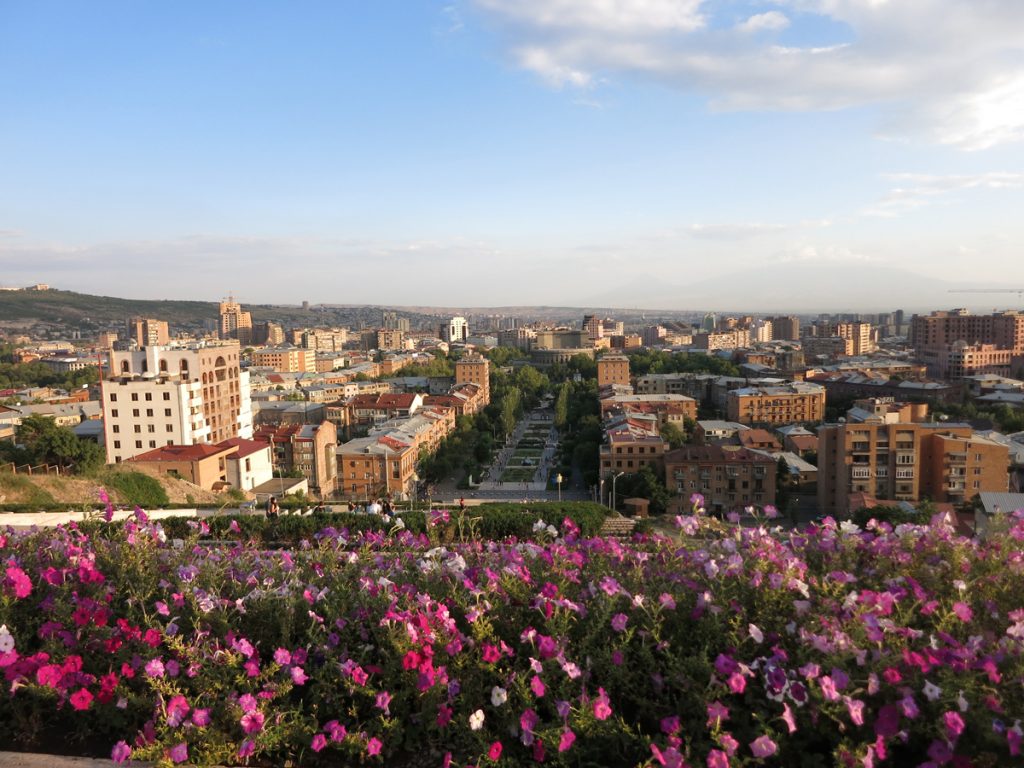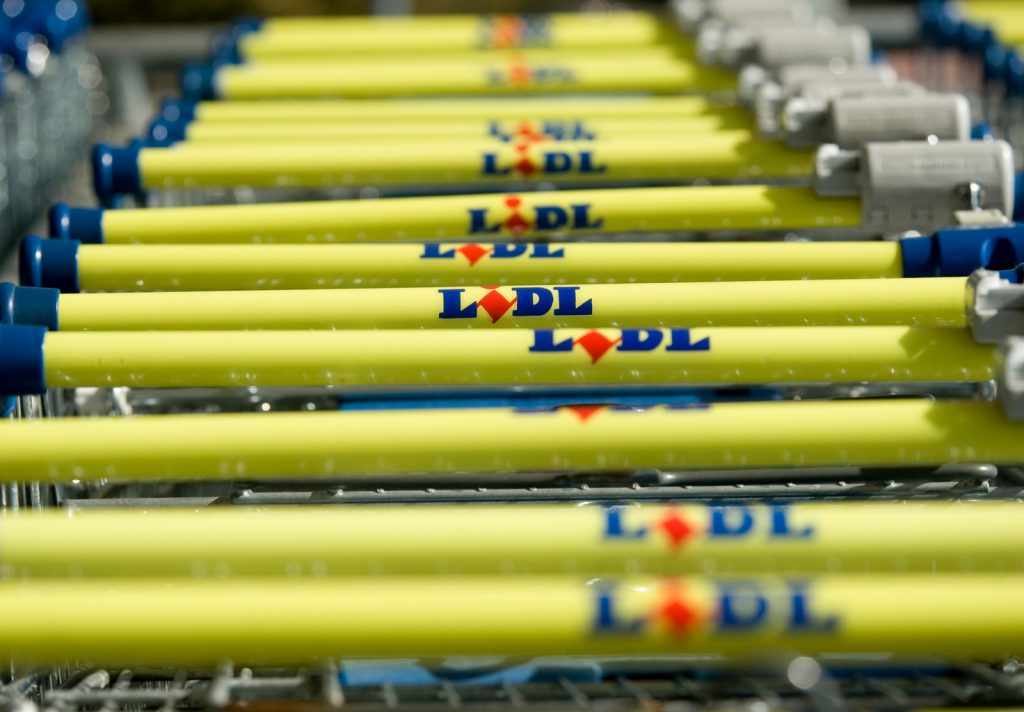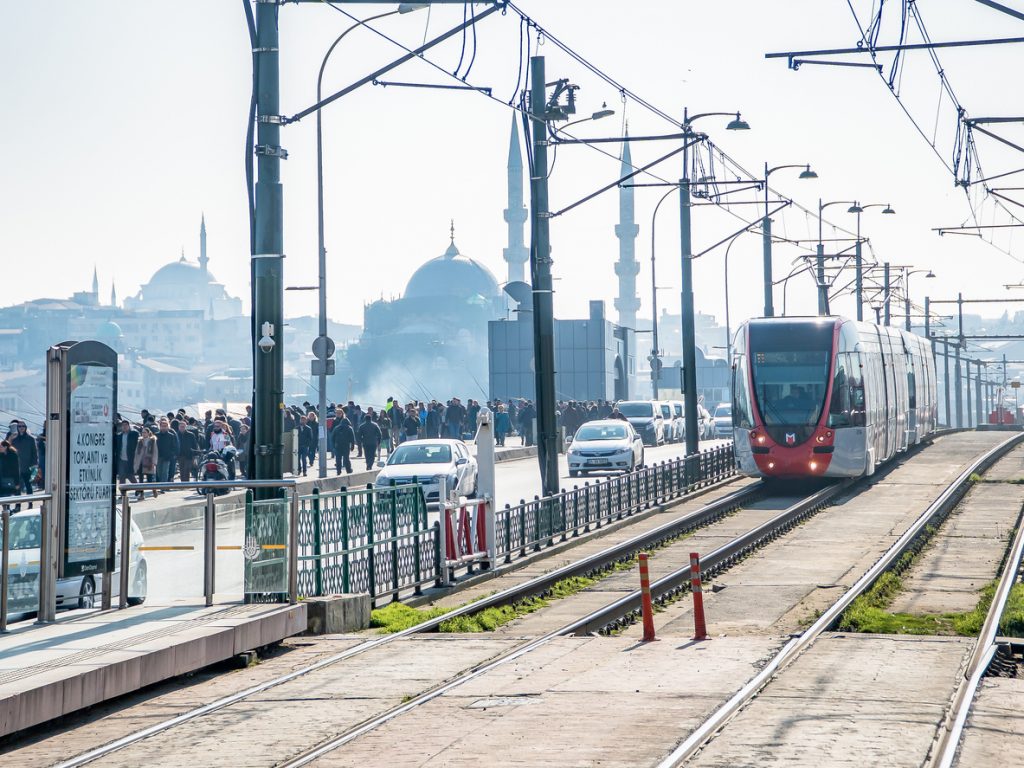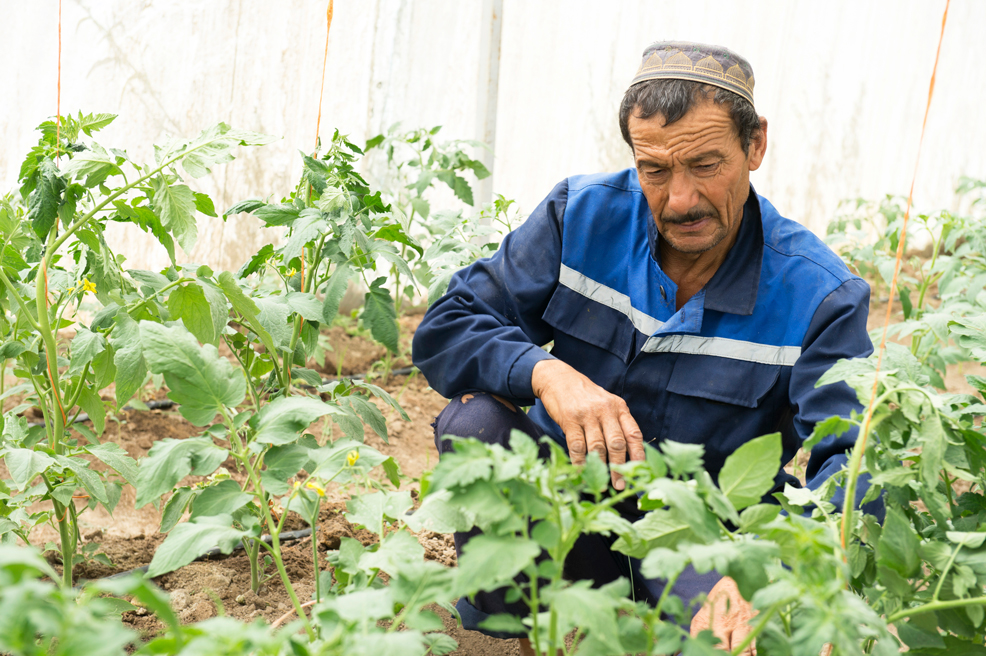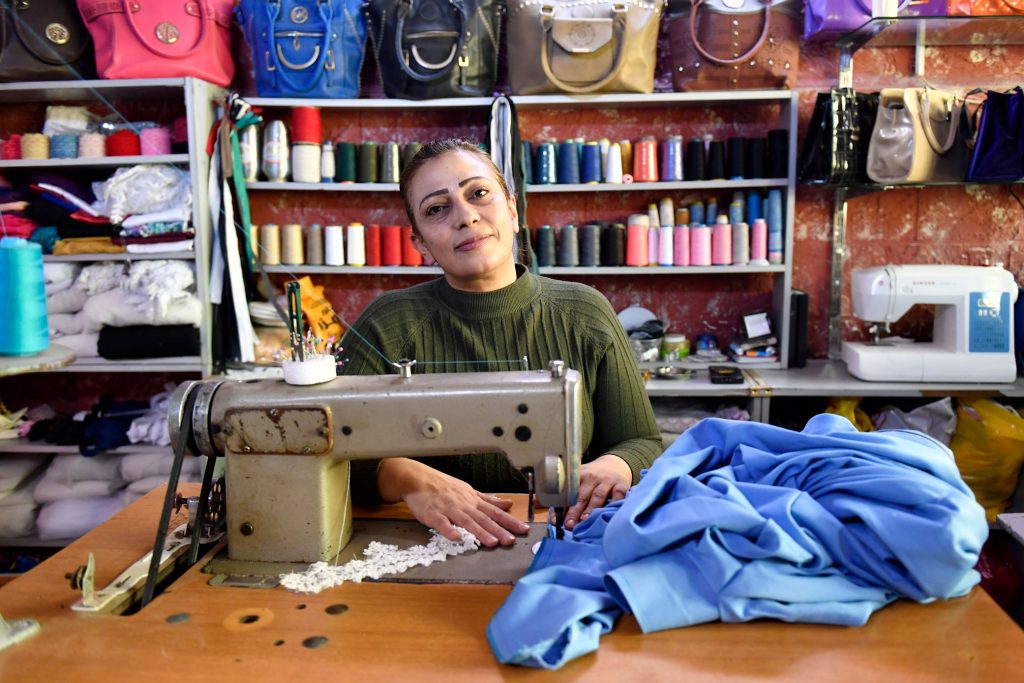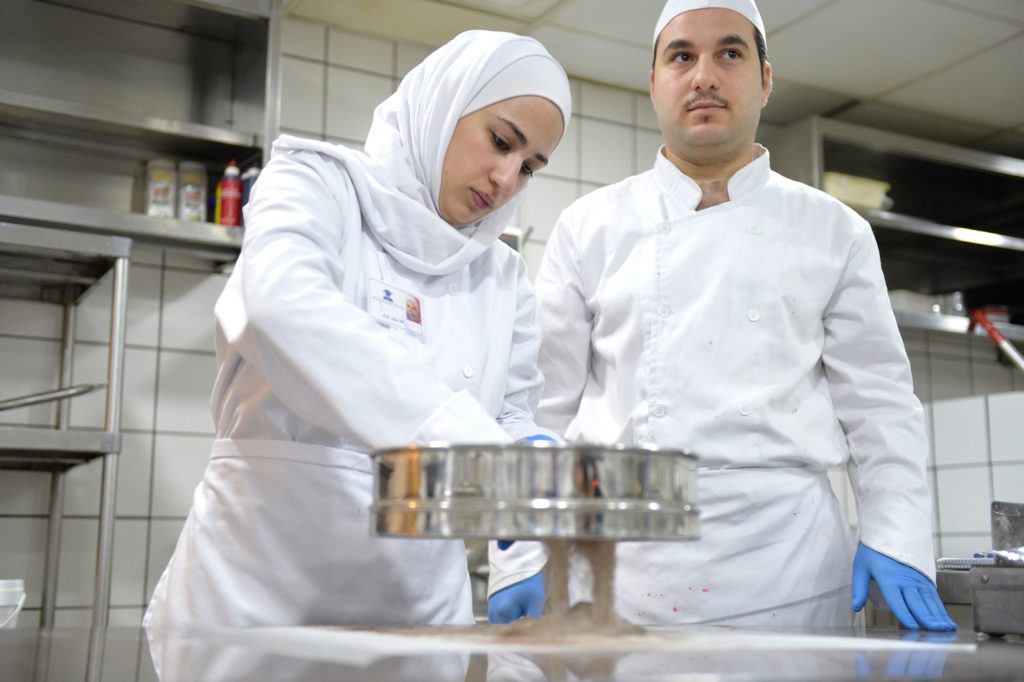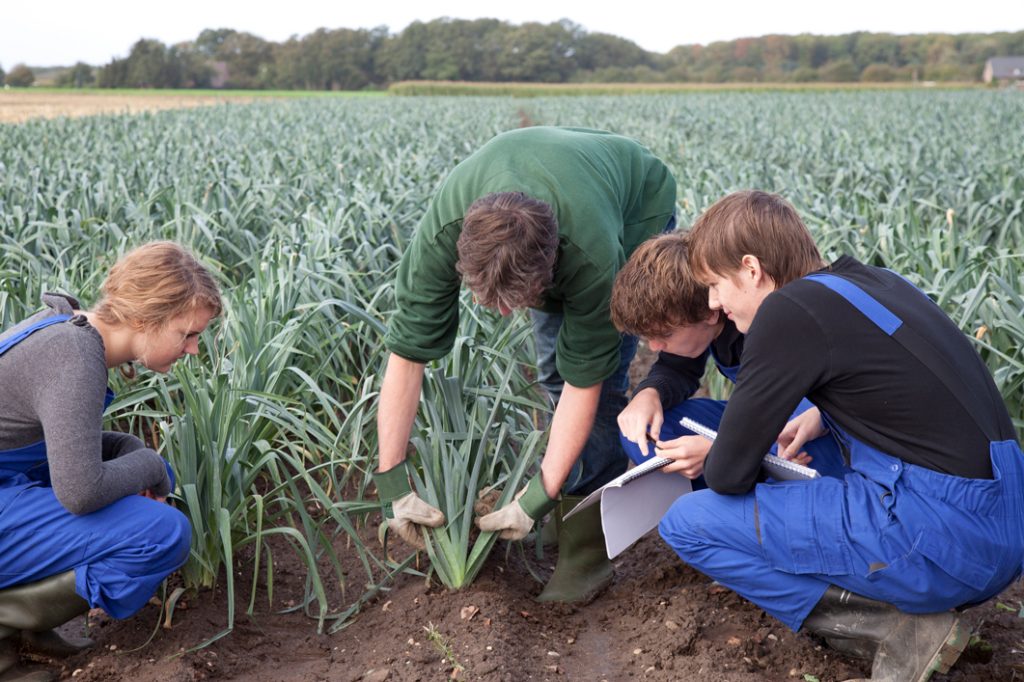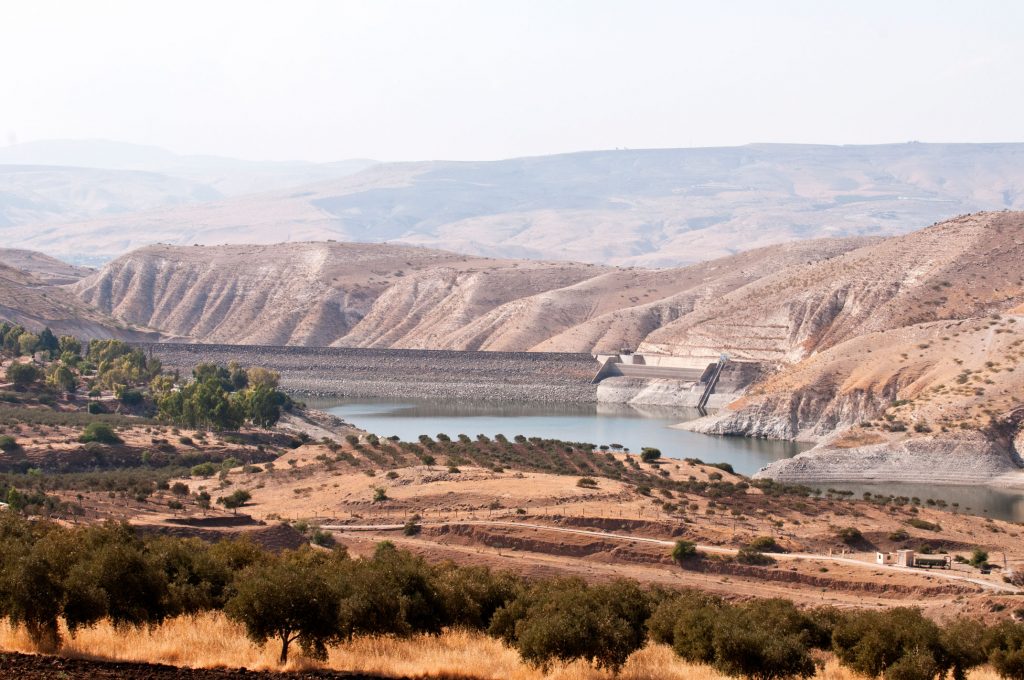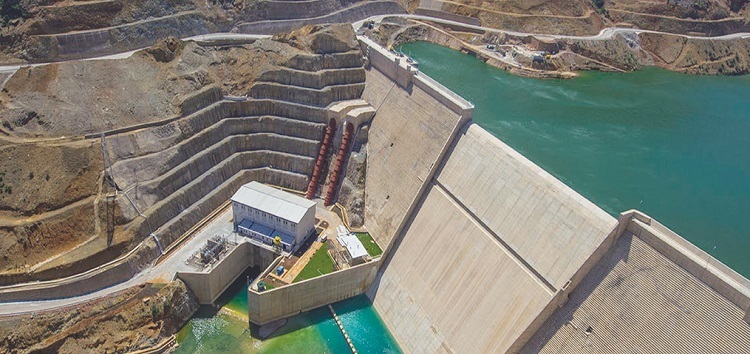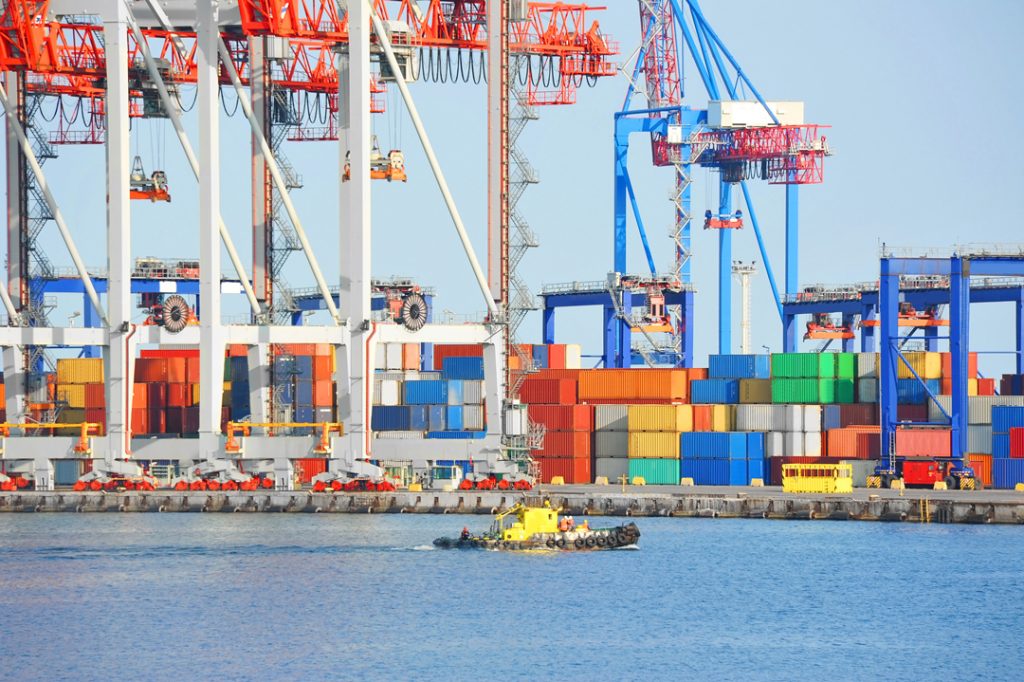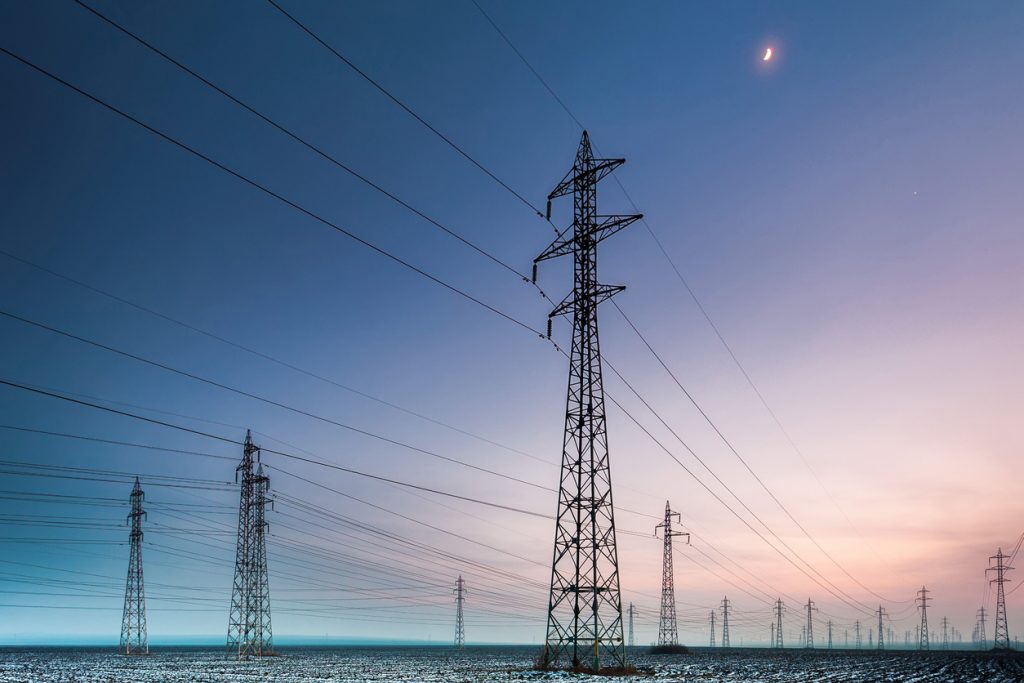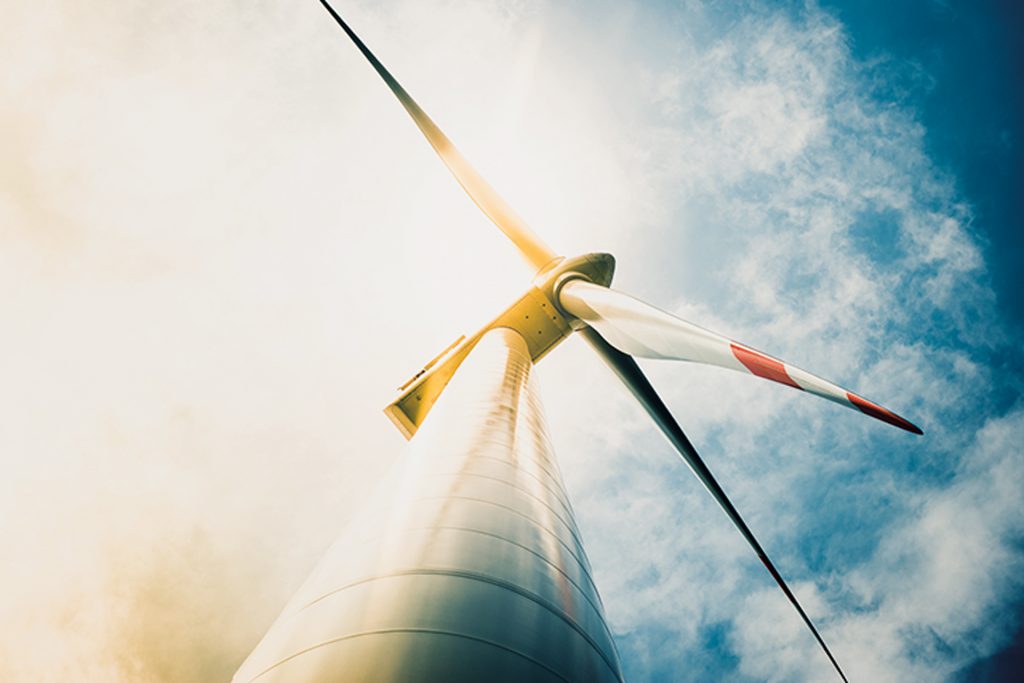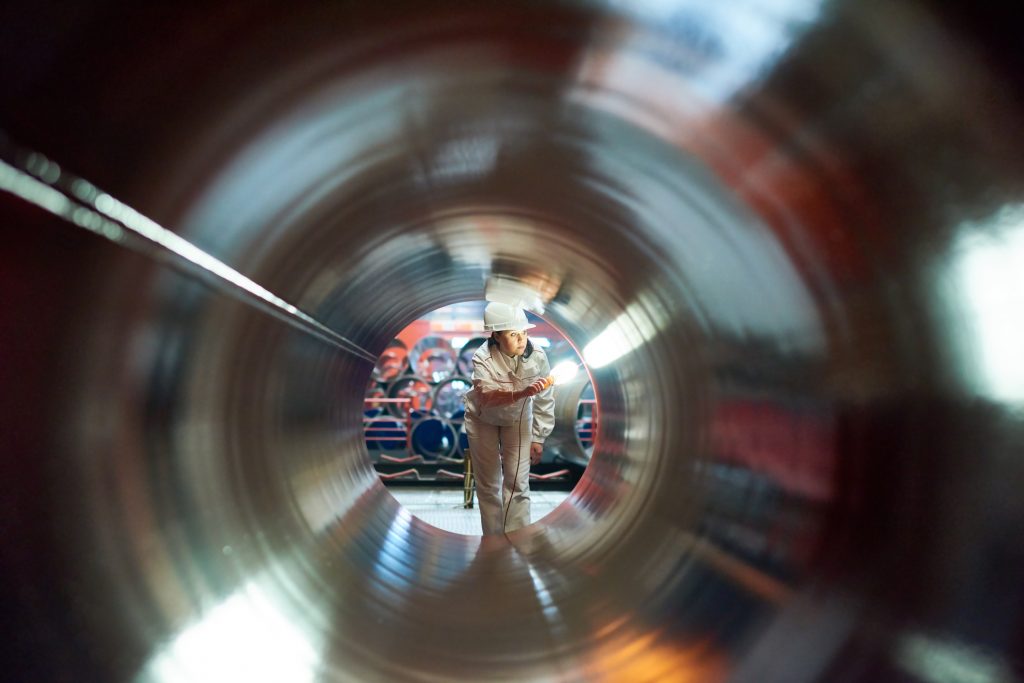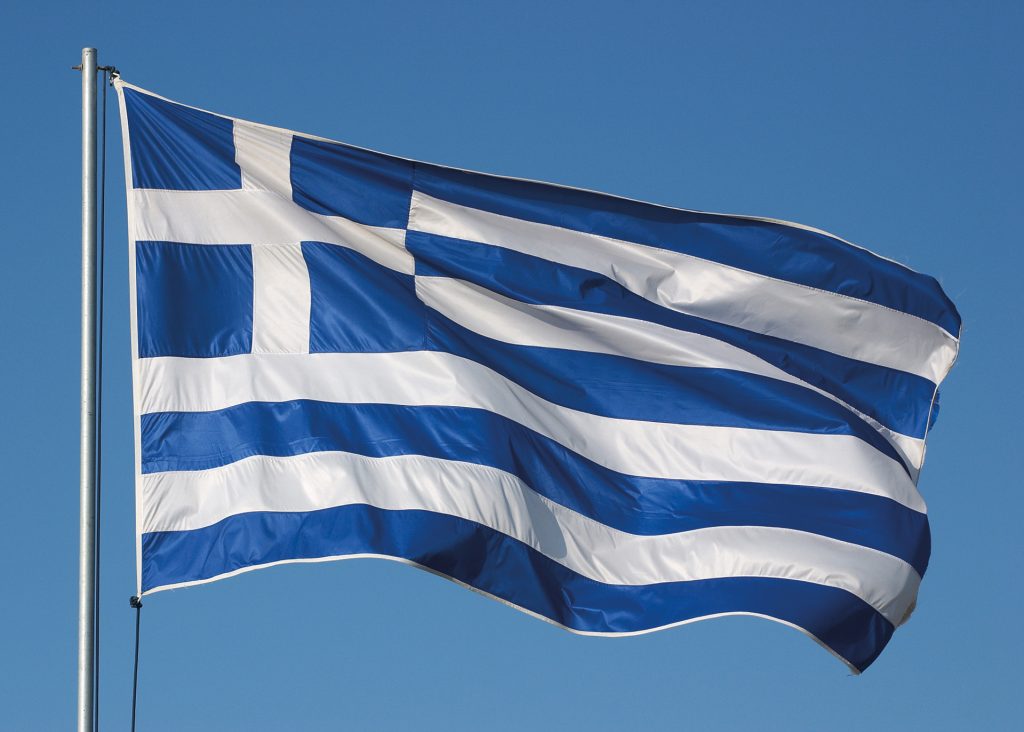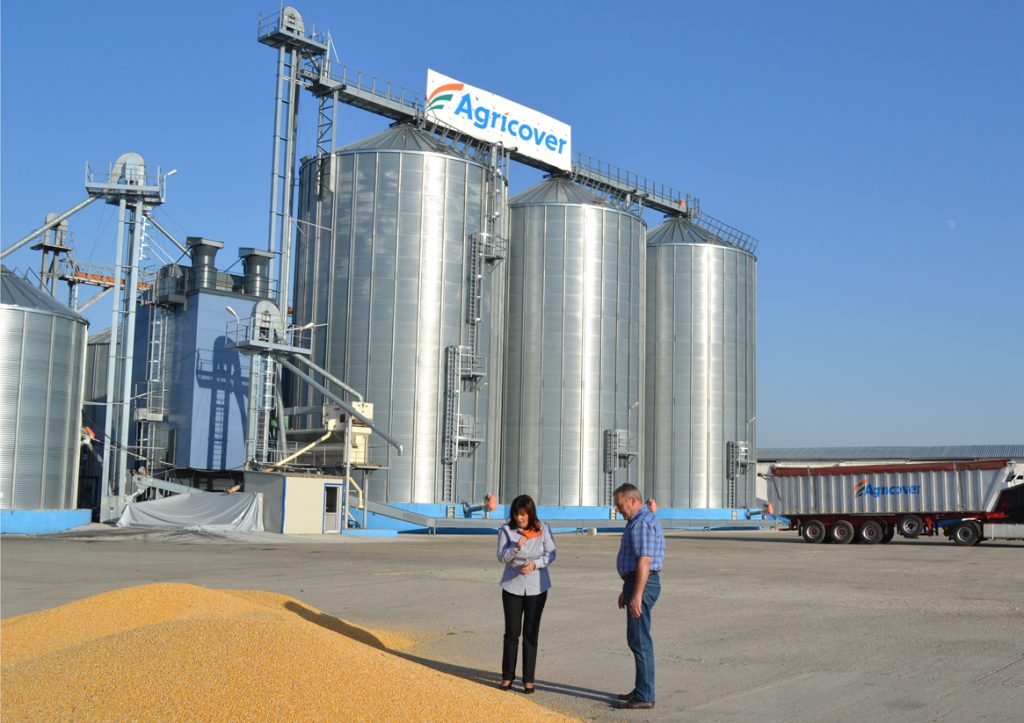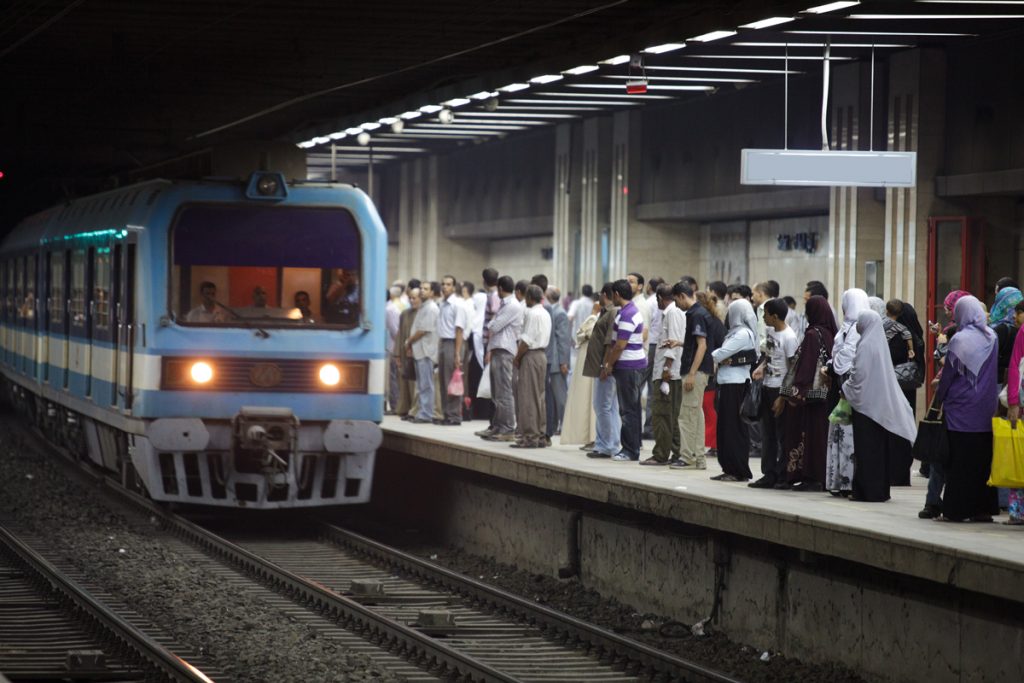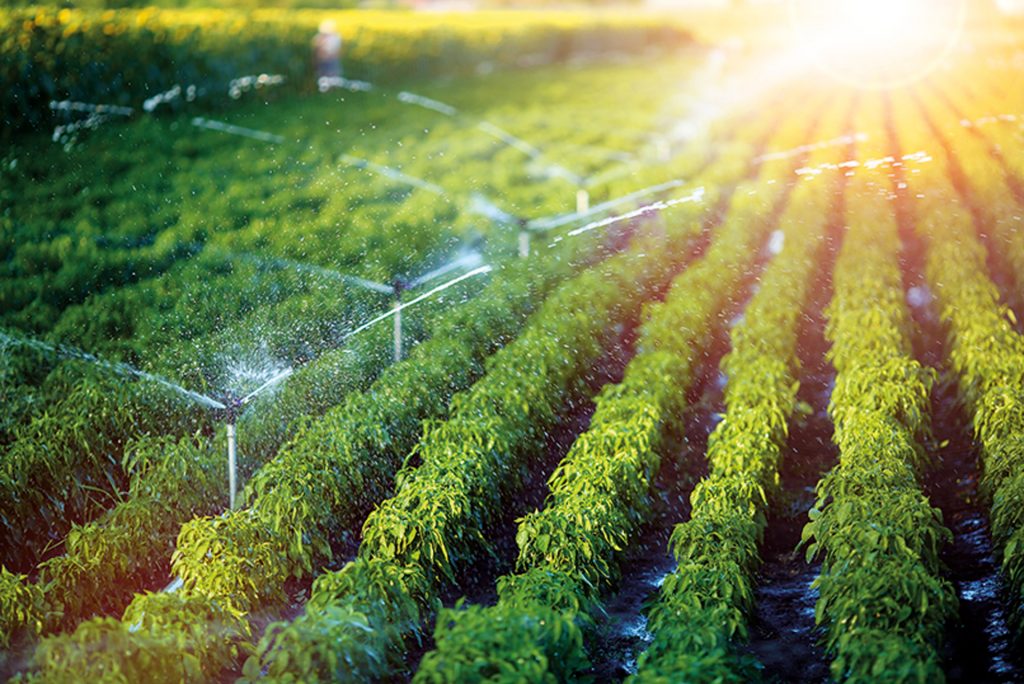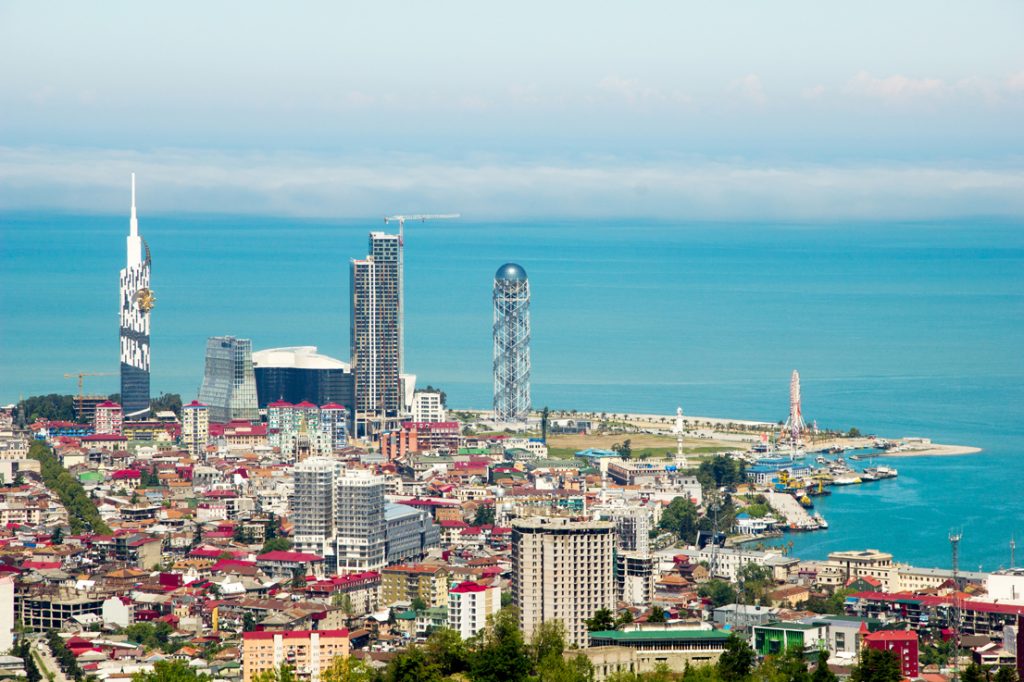In detail
Green Economy Transition
The EBRD’s push to do more investments that bring environmental benefits – our Green Economy Transition (GET) approach – helps economies in our region to achieve the emission reductions pledged at the 2015 United Nations climate conference in Paris. It expands the scope of EBRD climate finance activities, tackling water and materials efficiency, energy efficiency, renewable energy and climate resilience.
Green Economy Transition activities in 2017 included:
Total investment in
the green economy
€4.1 billion
GET activities as a
percentage of ABI
43%
Number of climate-resilience investments
31
Finance for resilience to
the effects of climate change
€3.7 billion
Estimated annual reduction in CO2 emissions
6.3 million tonnes
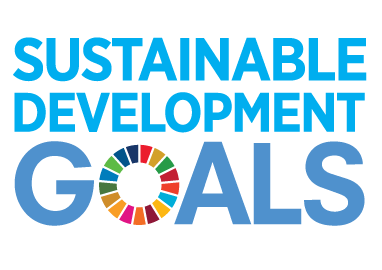
Details of the EBRD’s support for the UN Sustainable Development Goals are available in our Sustainability Report 2017.
Our transition qualities
Our concept of transition to a market economy underpins the design and evaluation of EBRD investments and technical assistance projects. In late 2016, the Bank introduced a new way of measuring this transition. The updated concept argues that a well-functioning market economy should be competitive, well governed, green, inclusive, resilient and integrated.
Competitive
The notion of a competitive economy lies at the heart of the transition process. The EBRD promotes market structures that ensure competition among firms, builds the capacity of companies to generate value and fosters a business environment that incentivises commercially sound decision-making.
Well-governed
Improving the quality of state and private sector institutions and ensuring that they work well together is an essential feature of the transition to a modern, sustainable market economy. The Bank addresses governance at the national, sub-national and corporate levels through investment and policy dialogue.
Green
The EBRD promotes environmentally sound and sustainable development. Through its Green Economy Transition approach, the Bank helps countries contribute to the collective effort against global warming, build resilience to climate change and make more efficient use of resources (see sr-ebrd.com).
Inclusive
The EBRD fosters the economic inclusion of women, young adults and people living in economically less-developed regions through direct investments and associated policy dialogue. In 2017 the Bank adopted its first Economic Inclusion Strategy to help more sections of society benefit from economic growth.
Integrated
Integration enables trade at greater speed and lower cost and is a critical enabler of growth and job creation. The EBRD invests in major energy, information technology and transport networks as well as fostering improvements to internal markets and harmonisation with international norms.


